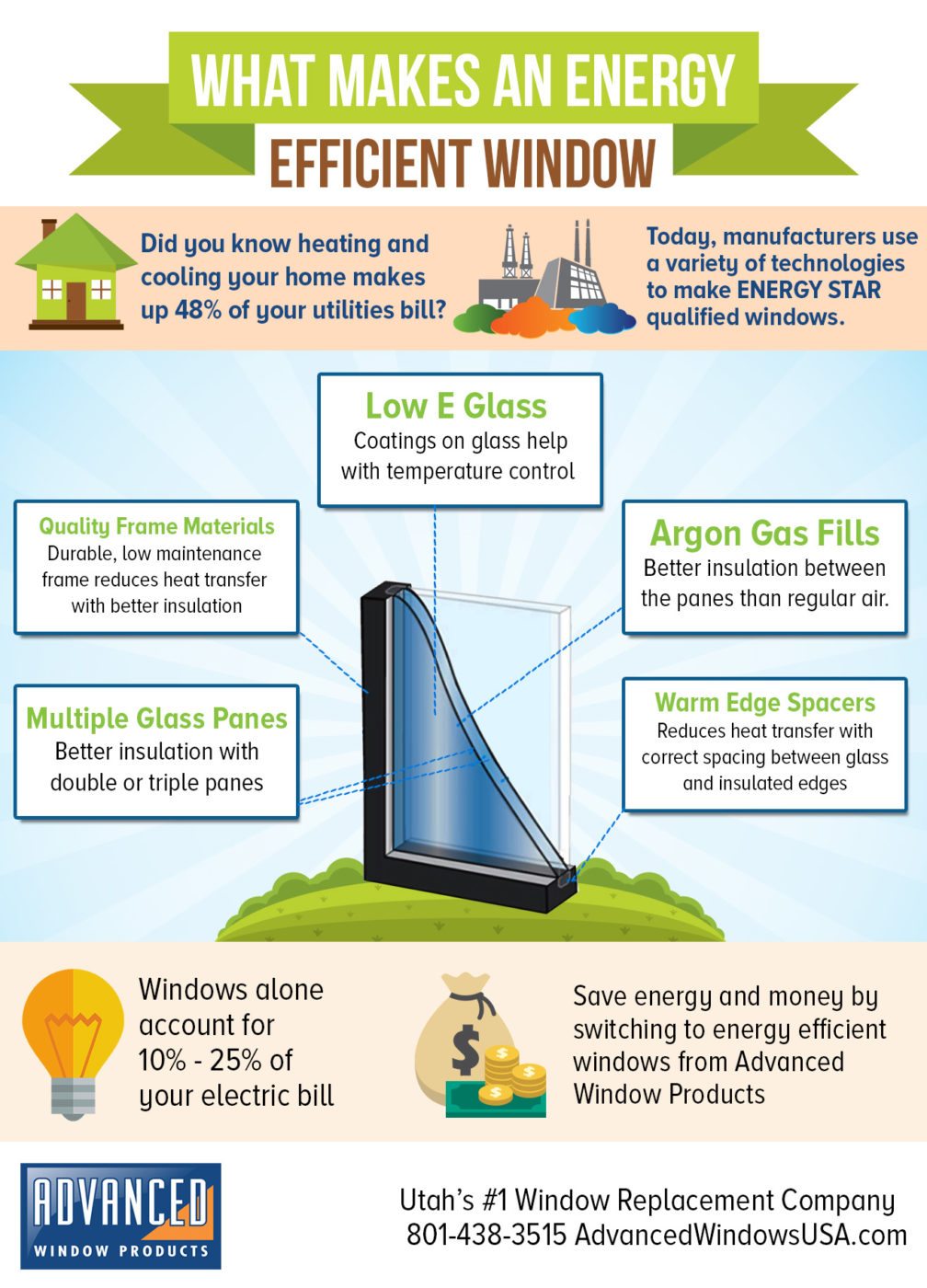When it pertains to press cleaning, the technique you pick can make all the difference in accomplishing a clean, streak-free coating. You may locate that hard surface areas, like concrete, call for a various method than softer products, such as timber or plastic. Discover More to adjust your methods to the surface area kind to stop damage while making best use of cleaning effectiveness. So, what are the best methods for each surface, and exactly how can you guarantee you're making use of the right setups and tools for the task? Allow's explore what you need to understand to get the most effective results.
Difficult Surfaces
When it comes to pressure cleaning difficult surface areas, prep work is essential. Prior to you even think of pulling out the pressure washer, make the effort to clear the area of any debris, furnishings, or obstacles. You don't want anything getting in your means or potentially damaging your tools.
Next, inspect the surface for any kind of fractures or damages; this will certainly help you determine the ideal technique and pressure setups.
As soon as you've prepared the area, it's essential to choose the ideal nozzle. For hard surfaces like concrete or block, a slim nozzle (15 or 25 levels) functions best to offer a concentrated stream of water that can successfully eliminate gunk and discolorations. Always start at a distance and slowly relocate more detailed to stay clear of any type of surface area damage.
As you begin cleaning, maintain the wand transferring to stop touches and over-saturation. It's additionally useful to work from the top down, enabling dust and debris to wash away normally.
Ultimately, keep in mind to wash the surface area extensively after cleaning to eliminate any type of leftover detergent. With these methods, you'll achieve a tidy and rejuvenated appearance on all your tough surface areas.
Soft Surfaces
Pressure cleaning soft surface areas needs a gentler strategy to safeguard them from damages. Whether window cleaning kit professional cleansing your deck, patio area furniture, or house siding, making use of too much stress can result in dents, scrapes, or perhaps irreversible injury.
Beginning by selecting a low-pressure nozzle, preferably a 25-degree or wider spray pattern, to spread the water extra carefully.
Prior to you start, it's vital to pre-treat any kind of spots with an appropriate cleaning solution. This step allows the cleaner to penetrate the dirt and crud, making it less complicated to wash away without rubbing as well hard.
Always apply the service from the bottom up to prevent streaking.
When you start stress cleaning, keep a range of at least 12 to 18 inches from the surface. Relocate your stick in a sweeping movement, keeping it parallel to the surface area to prevent focused stress on one place.
Rinse the location completely after cleaning up to get rid of any kind of recurring cleanser.
Lastly, examine the surface for any type of missed out on places and repeat the process if essential. By complying with these actions, you can successfully clean soft surfaces while protecting their integrity and look.
Specialized Surfaces
Cleaning soft surfaces requires treatment, however specialized surfaces require a lot more focus to information. When you take on these surface areas, like fragile wood, tarnished concrete, or particular sorts of house siding, utilizing the appropriate stress washing methods is critical to avoid damages.
First, assess the product. As an example, dealt with wood can frequently withstand moderate stress, yet softer timbers like cedar may need a reduced setup. Always begin with the lowest pressure and gradually raise if needed.
For tarnished concrete, use a follower spray nozzle and keep a regular distance to stop engraving the surface area.
When taking care of surface areas like vinyl home siding or repainted surfaces, a vast spray pattern helps distribute the stress evenly, protecting the finish.
It's also a good idea to utilize detergents particularly developed for specialty surface areas. They can improve cleaning without jeopardizing the material.
Wash extensively after washing to remove any kind of deposit, as it can cause discoloration or deterioration over time.
link web page
In conclusion, mastering stress cleaning strategies for various surfaces can make all the difference in your cleaning results. For tough surface areas, stick to narrow nozzles and a top-to-bottom strategy, while soft surface areas require a gentler touch with wider nozzles. Do not fail to remember to pre-treat stains and wash completely to prevent residue. By adjusting your techniques per product, you'll not just accomplish a cleaner finish but additionally secure the stability of your surfaces. Happy cleaning!
